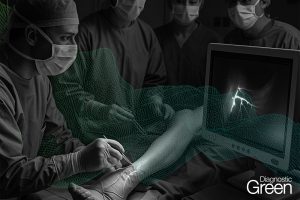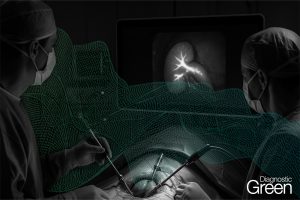Introduction: Laparoscopic cholecystectomy is one of the most common gastrointestinal surgeries, and bile duct injury is one of its main complications. The use of real-time indocyanine green fluorescence cholangiography allows the identification of extrahepatic biliary structures, facilitating the procedure and reducing the risk of bile duct lesions. A better visualization of the bile duct may help to reduce the need for conversion to open surgery, and may also shorten operating time. The main objective of this study is to determine whether the use of indocyanine green is associated with a reduction in operating time in emergency cholecystectomies. Secondary outcomes are the postoperative hospital stay, the correct intraoperative visualization of the Calot’s Triangle structures with the administration of indocyanine green, and the intraoperative complications, postoperative complications and morbidity according to the Clavien-Dindo classification.
Methods: This is a randomized, prospective, controlled, multicenter trial with patients diagnosed with acute cholecystitis requiring emergency cholecystectomy. The control group will comprise 220 patients undergoing emergency laparoscopic cholecystectomy applying the standard technique. The intervention group will comprise 220 patients also undergoing emergency laparoscopic cholecystectomy for acute cholecystitis with prior administration of indocyanine green.
Conclusion: Due to the lack of published studies on ICG in emergency laparoscopic cholecystectomy, this study may help to establish procedures for its use in the emergency setting.




